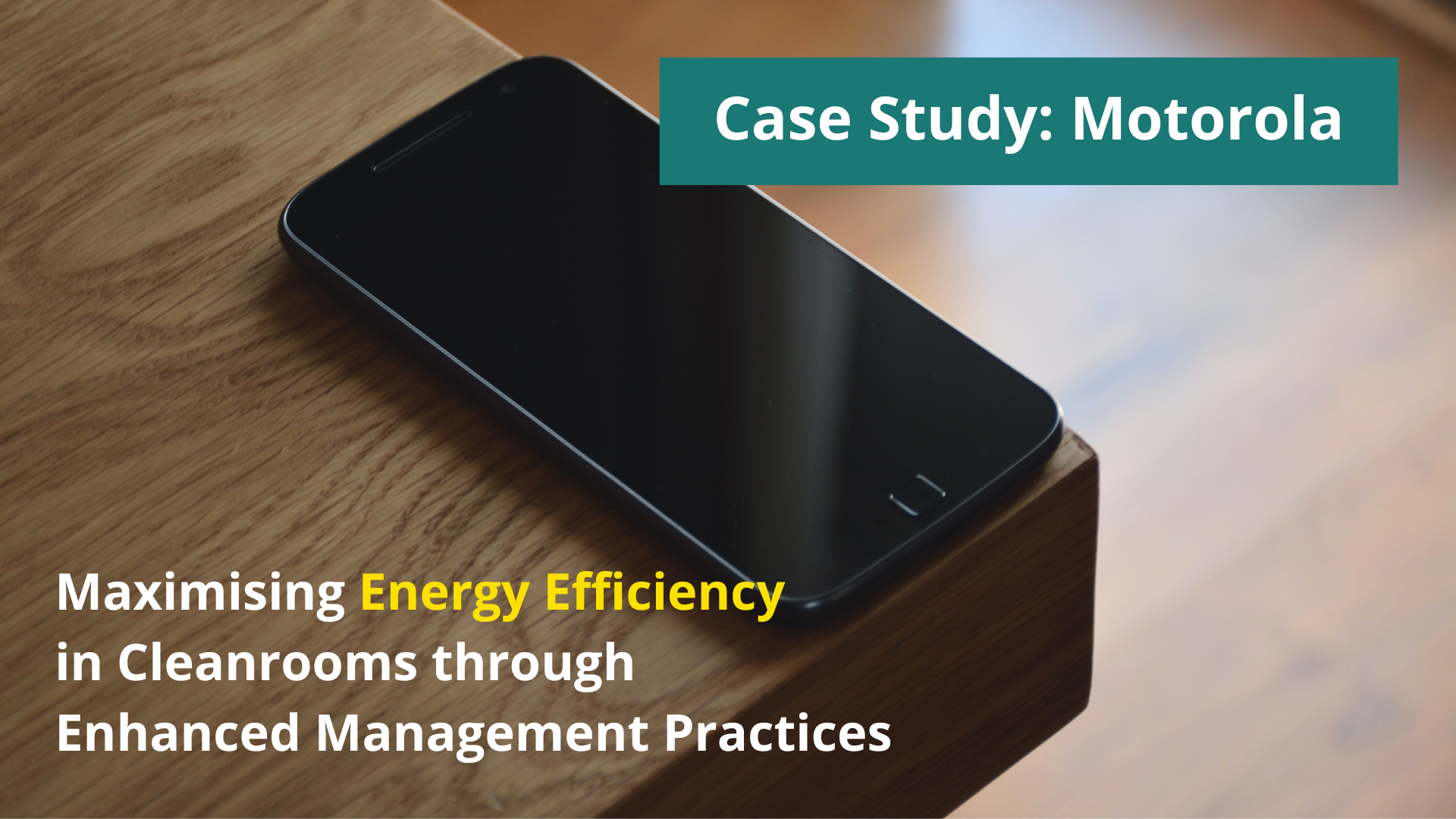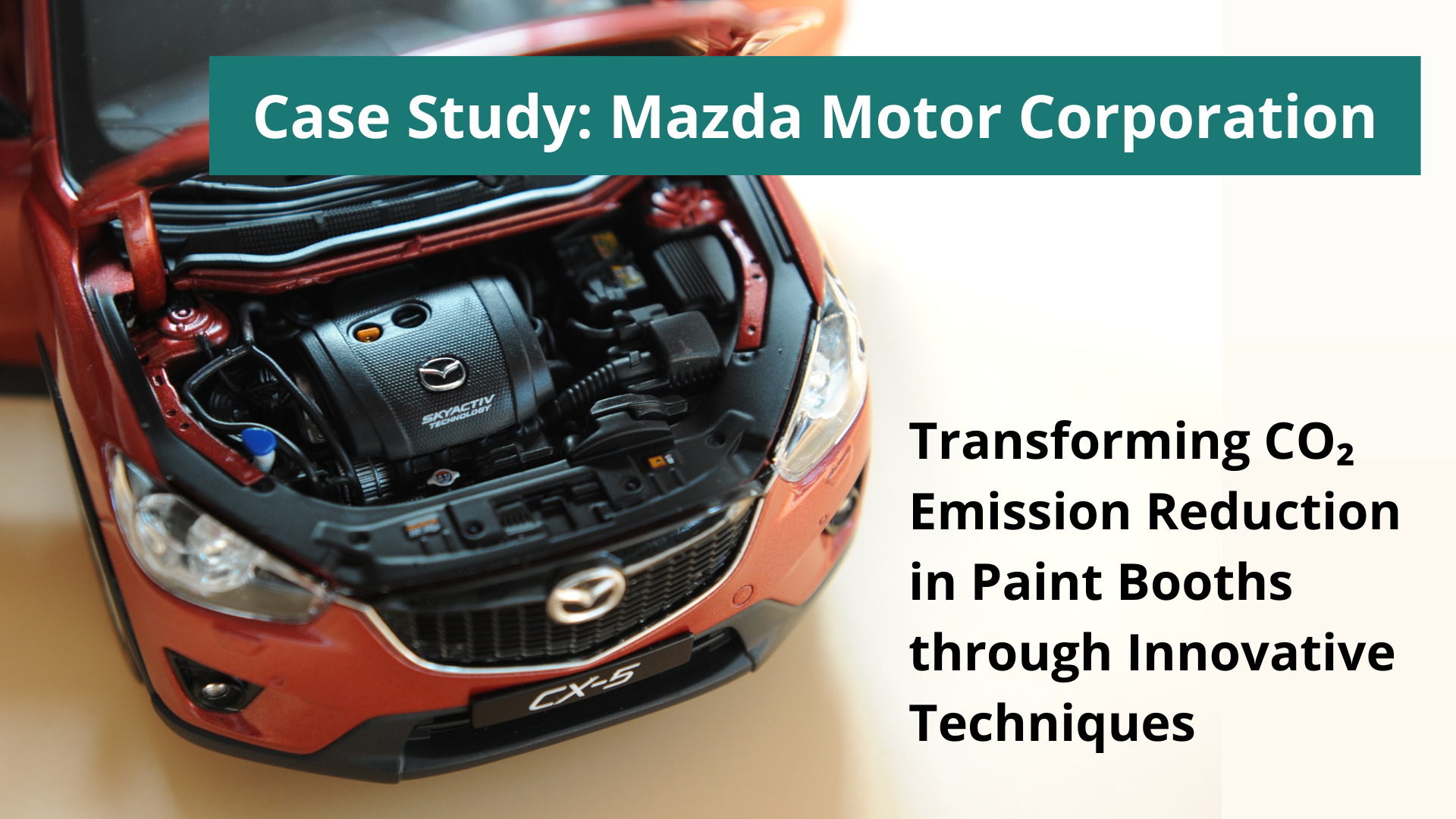
Do you know that identifying and evaluating environmental aspects is crucial for implementing an effective environmental management system?
If you want to learn how to do it, you’ve come to the right place!
Get ready for 7 exciting tips to help you in this task.
1. Gather your team
Don’t go it alone! Involve your entire team in the process of identifying and evaluating environmental aspects. Utilise diverse perspectives that can contribute to a more comprehensive picture. Remember, a stronger team will make this process easier and more satisfying.
2. Pay attention to details
The devil is in the details, and we don’t want the devil to trip us up! Carefully analyse all the processes, products, and services in your organisation. Identify which aspects may impact the environment. Focus on emissions, energy consumption, water, waste production, biodiversity and so on.
3. Check if you have all the documents
Paperwork can be annoying, but when it comes to identifying and evaluating environmental aspects, documentation is essential! Make sure you have access to all reports, analyses, and studies that can help you understand your organisation’s impact on the environment.
4. Collect data
Without data, you won’t have a basis for evaluating environmental aspects. Gather information about energy consumption, greenhouse gas emissions, waste production, and other environmental indicators. The more accurate the data, the better you can assess and monitor progress.
5. Analyse and evaluate
Analyse the collected data and assess individual environmental aspects. Focus on what has the greatest impact on the environment and plan actions to minimise negative effects. Remember that the assessment should consider both direct and indirect consequences.
6. Monitor and improve
Identifying and evaluating environmental aspects is an ongoing process. Establish a monitoring system that allows you to track progress towards environmental goals. Identify key indicators and regularly analyse your results. Don’t forget to make corrections if something isn’t going as planned.
7. Motivate and observe
Ultimately, to succeed in identifying and evaluating environmental aspects, you need to motivate your team and observe progress. Organise meetings where you can share results and celebrate achievements. Remember that everyone contributes to environmental protection, so appreciate the efforts of each team member.
Read also:
» The Ultimate Guide to the Identification and Evaluation of Environmental Aspects within the Organisation
» 9 Simple Steps to Making Your Business More Sustainable and Eco-Friendlier
» 8 Ways Businesses Can Reduce Their Carbon Footprint
Download Free Guide on Best Environmental Management practices that will help you to save on costs and be more eco-friendly. We have guides for:
- Aircraft Interiors Industry
- Metal Products Industry
- Electric and Electronic Equipment Industry
- Food and Beverage Manufacturing Industry
- Car Components Manufacturing Industry
If you would like to achieve benefits and integrate your business processes with the best environmental practices through the implementation of the Environmental Management System according to ISO 14001 – visit www.iso14001in14weeks.co.uk – I will be happy to help!

Ph.D. Beata Paliwoda
Founder and Owner of EQM. Environmental and quality consultant and auditor. Professional career built in Quality Assurance departments in various companies from the automotive, aerospace, railway industries, as well as a management systems consultant. Successfully completed many complex projects related to the implementation of management systems, process improvements and business transformation. Auditor of ISO 9001, ISO 14001, AS 9100, project manager of APM, lecturer at the Poznan University of Business and Economics, researcher on the effectiveness of EMS and QMS in organisations.






